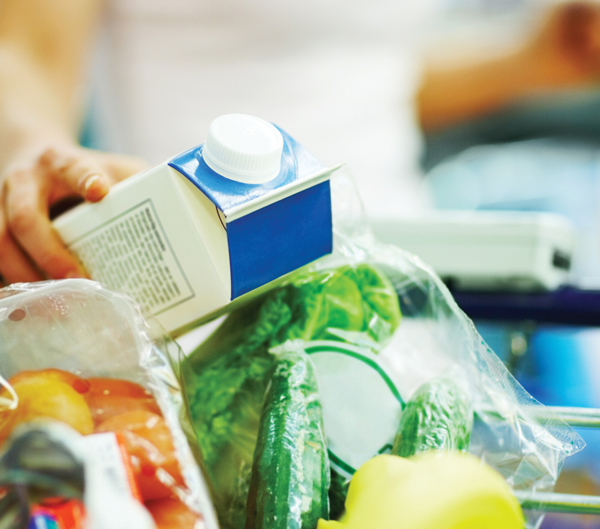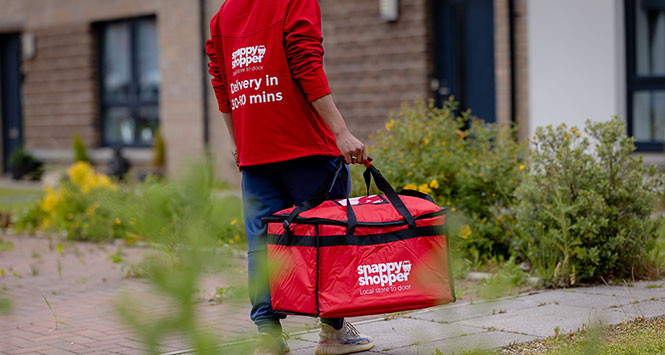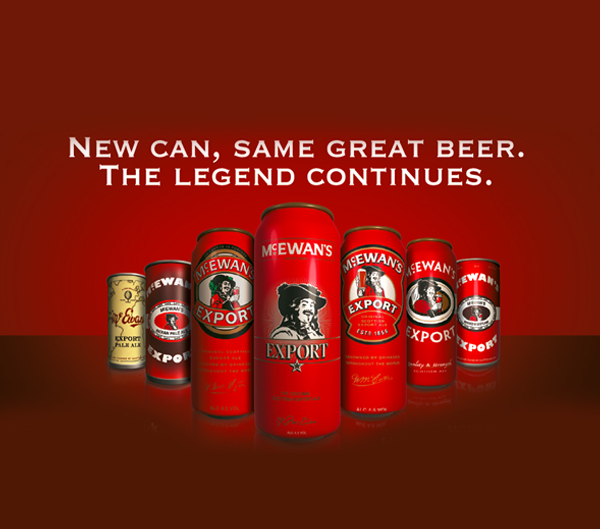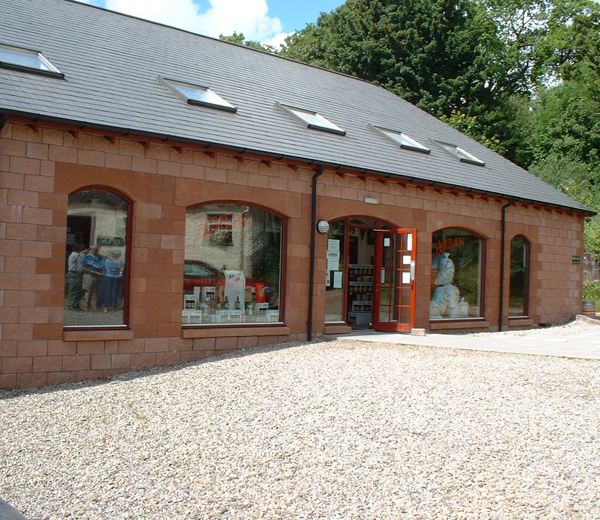The latest Convenience Tracker Programme report from him! states that shoppers are using different channels, but how can independents capture this floating spend, and what trends are driving footfall and basket spend in convenience?
by Kevin Scott
Every convenience retailer knows that standing still is not an option. Simply filling the shelves when they’re empty and waiting for customers is not going to grow your business much – in fact the reality is that such an approach could damage your business. That’s why reports such as him! Convenience Tracking Programme 2013 are vital tools for local retailers. Between February and April this year the company spoke to over 20,000 shoppers outside symbol stores, independents, multiple convenience and forecourts.
The top line figures are that 27 million UK adults visit a convenience store every month which equates to one million visits to c-stores every week. Okay, this number is so large it isn’t relevant on a store level, but what is worth knowing is that the average c-store shopper visits their local store 190 times per year. What is critical is giving customers a reason to return every other day, and getting them to spend more per trip. How much? Well, the average basket spend is £6.04 – which means the average shopper is worth a little less than £1,150 – but let’s be ambitious and round up. Now, if you can see that number every time a customer comes through the door, their importance to your business becomes even clearer.
Looking at the report’s top figures, the sector has been stable over the past year. There’s been no giant leap forward despite claims of a ‘little and often’ shopping trend seeing more convenience and less supermarket shopping. Visit frequency was 3.6 trips per week (vs 3.7 tpw in 2012), basket size, at 2.8 items, is the same as in 2012. Levels of impulse shopping and promotional purchasing were both 14%, exactly the same as they were the year before.
Jill Livesey, Category Insight Director, him!, comments: “Shoppers do continue to shop little and often, but it is where they choose to shop that has changed. In the past top-up shops were done in traditional c-stores, but now there is more choice. They are choosing to top-up shop in discounters, grocery mults, and we’re seeing indications that in future shops like Boots and Poundland will compete for these shoppers.”
Despite this increase in choice, c-store owners and managers are hugely positive about the future – which is not something we’re accustomed to. 40% of symbol store owner/mangers expect sales to grow in the next 12 months, with just 4% expecting a decrease.
Expected changes
The report doesn’t break down store numbers per region, but what it does reveal is that there are now 49,877 c-stores in the UK, covering all sectors. This is up 0.2%, meaning a net gain of 100 stores. Granted the march of multiples into convenience plays a telling part in this, but what local retailers must believe is that consumers being conditioned to use smaller stores is good for independents. It is surely easier to convert a multiple convenience shop, than someone at home in a 200,000 sq ft megastore? In fact, him! predicts that there will be a ‘blurring and merging’ of channels as shoppers flip between store types.
So how do you make sure your store stands out? Livesey advises transient stores to focus on credible food to go solutions (breakfast, lunch and snacking and hot drinks) and neighbourhood stores to focus on attracting mums for the key teatime meal occasions. She says: “It is alarming that only 14% of UK adults believe c-stores are a credible location for kids’ meal solutions. Attracting mums and dads on the school run should be an easy win for c-stores. Likewise, we are surprised that the meal for tonight mission only account for 5% of shoppers spend in c-stores. This is another easy win.”
So, as an independent retailer, the outlook is relatively bright, but are you doing enough? 27% of industry execs don’t think that convenience stores are keeping up with trends!
Be different!
The first aspect of keeping up with trends is knowing what they are in the first place. Firstly, there is an increasing polarisation of the market with growth coming at the premium and value ends of the market (think Aldi/Lidl and Waitrose). As the report says, if you can’t be the cheapest then offer something else – it is the shops that are different that are growing.
According to the report, brand awareness and loyalty are low in c-store chains and fascias. So, to build loyalty, be different. Livesey says: “Quality of fresh produce and value for money are two key demands from c-stores shoppers. We know that produce is a difficult category for the channel, but we have seen fantastic examples of indepedents taking this seriously.”
Top up your shoppers
Over the last year the switch from category to mission shopping has caught the imagination of many retailers (see our profile on p30 for an excellent example of this). Top up shopping is the biggest single mission in convenience, but it is declining – by 1% year on year. The reason being that supermarkets and discounters are claiming top up shoppers. This is down to poor price perception and quality of fresh food (fruit & veg, and meat/fish)
These are crucial areas for your store. All evidence suggests that if you get these right then customers will follow. It’s no coincidence that price marked packs have become ubiquitous in convenience – what better way to convey value than by boldly advertising the supplier’s price? Many c-stores even try to cut below the PMP to push this value even further. Though margins should always be protected.
Freshen up
We’ve already mentioned that focussing on fresh could be critical for your store, but of course, it’s inconceivable for every c-store to have this focus. So what of retailers where fresh is not at the heart of their offer? The report doesn’t mess about: don’t focus on it if you’re not going to make it the foundation of your offer. For those retailers willing to increase their fresh range (and this is ideally for stores over 2,000 sq ft) then the report says that you’re going to need to get used to higher levels of wastage, and time spent on the section will be significant. The results are potentially higher margins and being able to attract a higher spending shopper.
The other area driving convenience is food to go. 14% of all UK c-store visits are driven by food to go shoppers. Scotland over-indexes in snacking, so ensure your range meets the likely demand. According to the report, food to go shoppers have three main areas where they’d like to see improvements: meal deals, hot food options, freshly-made sandwiches, and quality coffee.
None of these things are beyond the average c-store. It takes investment, in both cash and time, but by knocking down the barriers that prevent food to go shoppers using your store, you could draw in a whole new group of shoppers, all too willing to buy products with high margins.
If you do focus on food to go, or plan to, knowing these customers and providing them with the solutions they want is key to success. Food to go doesn’t just mean immediate consumption either, retailers could make their point of difference an excellent range of ‘easy weekday meals’ or ‘solo dining’. The key is to find out what type of offering you want to have and make it outstanding.
The round pound
Since the recession pound shops have increasingly encroached on the high street and shoppers are now happy to associate round numbers with value. The report says that the amount of shoppers buying round pound products has increased over the last year. If you want to push that value offer even further, 22% of shoppers currently use coupons, but 40% want more c-stores to offer coupons and vouchers. These can be offered at the till point, on the back of receipts or in the post, through leaflets. But increasingly, younger consumers are happy to receive such offers through social media.
This is a perfect example of how the nature of convenience shopping is changing – this younger demographic will be the regular customer for years to come. Adapting your offering to engage with you customers in new ways is as important as the offer you present to them. As ever, the work is hard, but as the report shows, there is unfulfilled potential in the independent sector and these sales will go to the retailers who work hardest to achieve them.





